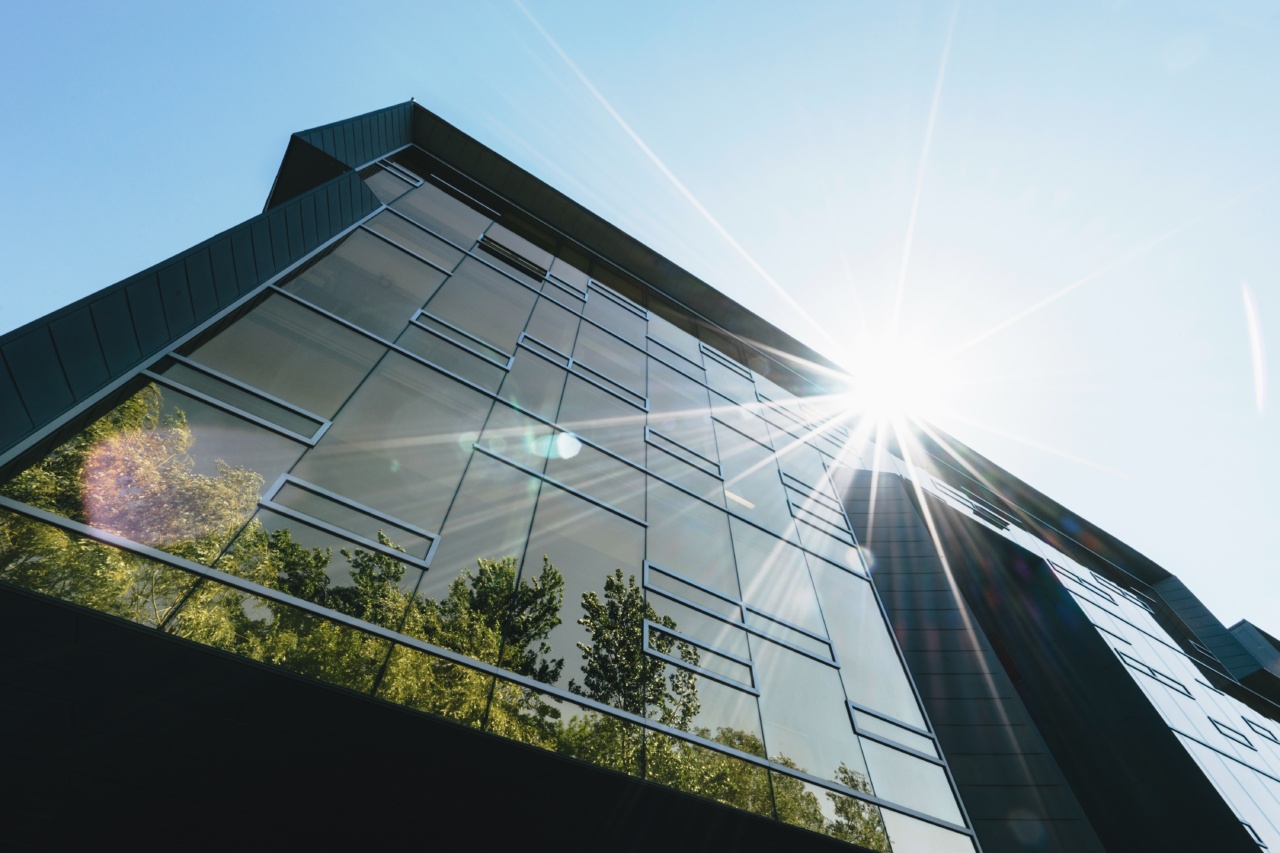With the increasing concern for the environment and the need to create sustainable workplaces, more companies are opting for green offices.
These eco-friendly workspaces utilize various strategies that reduce their impact on the environment while also enhancing the well-being and productivity of their employees.
The Benefits of Green Offices
Green offices go beyond being environmentally friendly; they offer a myriad of benefits to both the workers and the organizations. Let’s explore some of the key advantages:.
1. Improved Air Quality
One of the main advantages of green offices is improved air quality. Traditional office environments often suffer from poor ventilation, leading to stagnant air and the accumulation of pollutants.
In contrast, green offices utilize advanced air filtration systems, ensuring clean and fresh air for the employees. Studies have shown that better air quality can significantly enhance cognitive function, leading to improved productivity and creativity.
2. Increased Natural Light
Natural light is a crucial factor in promoting well-being and productivity. Traditional workplaces typically rely on artificial lighting, which can be harsh and detrimental to the employees’ health.
Green offices, on the other hand, prioritize the use of natural light through strategically designed windows and open spaces. Exposure to natural light has been linked to higher energy levels, improved mood, and increased productivity.
3. Enhanced Thermal Comfort
Thermal comfort plays a vital role in the productivity of employees. Green offices ensure optimal thermal conditions through the use of energy-efficient heating and cooling systems.
Additionally, the incorporation of proper insulation and advanced technologies helps maintain a comfortable environment throughout the year. By avoiding extremes in temperature, employees can focus better on their work and perform at their best.
4. Noise Reduction
Noise pollution is a common problem in traditional workplaces, leading to distractions and decreased concentration. Green offices combat this issue by integrating sound-absorbing materials and implementing smart architectural designs.
By reducing noise levels, employees can work in a quieter and more focused environment, resulting in increased productivity and efficiency.
5. Integration of Biophilic Design
Biophilic design involves incorporating elements of nature into the office environment. Green offices often feature live plants, natural materials, and tranquil green spaces.
This connection with nature has a positive impact on employees, reducing stress levels and enhancing overall well-being. Studies have shown that incorporating biophilic design can boost productivity and creativity in the workplace.
6. Increased Employee Satisfaction
By creating a healthy and sustainable work environment, green offices prioritize employee well-being and satisfaction. Such workplaces demonstrate that the company cares about its employees’ health and the planet.
Improved job satisfaction can lead to higher levels of commitment and productivity, as employees are more motivated to contribute to an organization that aligns with their values.
7. Energy Efficiency and Cost Savings
Green offices are designed with energy efficiency in mind. The use of energy-saving devices, smart technology, and renewable energy sources helps organizations reduce their carbon footprint and save on utility costs.
Energy-efficient lighting, advanced sensors, and smart thermostats all contribute to lowering energy consumption and creating a more cost-effective workplace.
8. Positive Brand Image
Adopting sustainable practices and operating from a green office can significantly contribute to a positive brand image.
In today’s environmentally conscious world, customers and stakeholders are increasingly interested in supporting companies that prioritize sustainability. By showcasing a commitment to the environment, companies can attract environmentally conscious customers and partners, enhancing their reputation and market position.
9. Increased Employee Retention
Green offices have been shown to improve employee retention rates. Employees are more likely to stay with a company that provides a healthy and sustainable work environment.
Green initiatives convey that the organization values its employees’ well-being and offers a fulfilling and environmentally responsible workplace. This can lead to higher employee loyalty and a reduced turnover rate, resulting in long-term cost savings for the company.
10. Enhanced Creativity and Innovation
Studies have consistently demonstrated a positive correlation between nature-inspired environments and creativity.
Green offices, with their incorporation of biophilic design elements, have been found to enhance innovation and creative thinking among employees. By providing a stimulating and refreshing work environment, organizations can foster a culture of creativity and generate new ideas.
Conclusion
In conclusion, green offices offer a multitude of benefits that go beyond their positive impact on the environment.
By prioritizing the well-being of employees and adopting sustainable practices, companies can significantly enhance productivity, job satisfaction, and overall organizational success. From improved air quality and natural light to noise reduction and energy efficiency, the advantages of green offices are undeniable.
As more organizations recognize the value of creating eco-friendly workspaces, the trend toward green offices continues to soar.






























